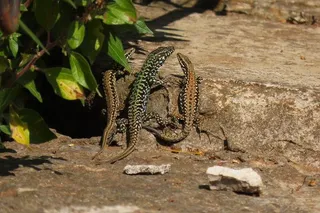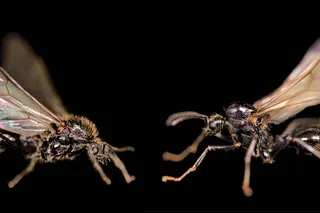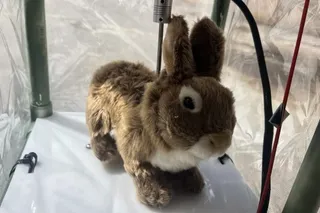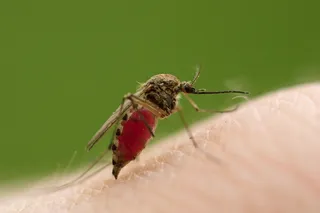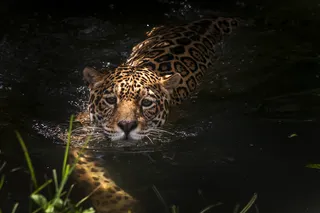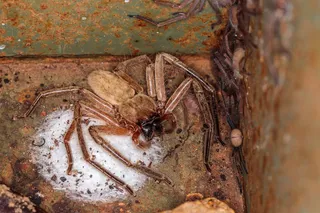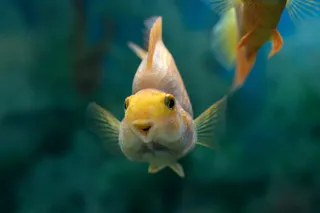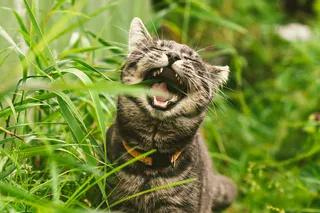If you were to draw a simple kitty on a piece of paper, maybe you would include three lines on each side of the cat’s face to signify whiskers. In reality, our feline friends typically have about 12 on each side of the face (except for say, hairless cats, or sphynx cats, who might have short, broken ones, or none at all). Cats can also have shorter whiskers on their eyebrows and the back of their wrists.
We all know cats have whiskers, but do you ever wonder why and what they’re used for exactly? They could tell us more than we think, and understanding them can be helpful.
Whiskers are “stiffer hairs” that have many sensory nerve endings embedded around the hair follicle, says M. Leanne Lilly, veterinary behaviorist at The Ohio State University. She says whiskers are “sensory organs,” even if we don’t typically think of them this ...





